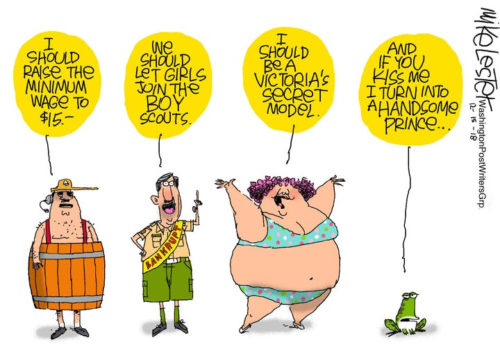What follows is distilled from the beginning of Porter Stansberry’s book, The American Jubilee. The book starts with an assessment of the financial situation of America. If it gets your attention; it is inexpensive, readable as economic assessments go and thought provoking. Whether you come away thinking this is all wrong or convinced it is correct; it will make you think. Do some homework. ISBN 9780997833348
The premise
When debt service costs grow faster than income an economy is in danger of collapse. A Jubilee is a way of resetting the financial order. It can be used to make sure wealth does not become too dominant or to ensure the economy does not collapse. It is undertaken to avoid a violent revolution.
What happens is that debt builds and builds. Once debt service starts growing faster than the economy the total debt is never reduced. Soon the debt begins to grow geometrically, far faster, than income. At that point it simply cannot be managed and crisis hits.
What is a debt revolution?
Debt revolutions are characterized by inability to reduce debt burden in normal ways. Debt burdens in normal circumstances are reduced by deleveraging through a combination of reducing spending to pay off debts, default which redistributes assets among the creditors, and increased money supply to prevent a deflationary spiral and stroke economic growth. In a debt revolution the normal measures do not work.
Why deleveraging does not work
Austerity causes a huge reduction in economic activity. Spending slows and the economy in total declines faster than debt can be reduced. The debt burden can be so large that the default does not work because the collateral doesn’t come close to covering the debt. Sometimes even printing extreme amounts of money doesn’t work because the interest costs increase more than inflation. This causes the debt burden to continually grow faster than the economy.
Application to America today
America’s debt has grown more in the last decade than it did in the first 230+ years of the nation. It’s true that in terms of debt to GDP borrowing was larger in both the Civil War and WWII but it is also an irrelevant debate point. The salient point is that it is not only governmental debt that continues to grow uncontrollably. What matters is the country’s total debt load; household plus corporate, plus government debt, continues to grow. During the 2008 crisis we printed an additional $4 trillion and wrote off $1 trillion in mortgage defaults.
Total US debt has not declined since 2008. As of 2017 total debt is growing at about 4% a year. Since 2008 our economy has grown at 2.9% a year. That means our debts are growing at a rate 137.93% greater than rate of growth of the economy. This tells us that our economy did not deleverage at the 2008 crisis. The normal methods of reducing the debt burden did not work. The only thing keeping the economy afloat was the fact that the FED kept interest rates low so debt service burden fell. The debt has become enormous, interest rates are up which has driven up debt service burden.
Most of the growth in household debt isn’t in well collateralized home mortgages. The new debt is concentrated in education loans, car loans and other consumer related things weighing on the poorest segments of society. The poorest 20% Americans now hold debts in excess of 250% of their annual income or about 5 times more than the wealthiest 20%. For comparison, in 1980 the 20% of Americans with the lowest income held a negligible amount of debt. Now the burden of the debt is falling most heavily on the poorest in society… the people most likely to become violent.
How do we move forward?
The cost of the debt burden has been artificially reduced since 2009 by the FED. The costs of normal debt service and the cost of defaults are soaring. $1.5 trillion is in student loans made to the poor against zero collateral. These loans have no legal process deal with default. The debt bubble touches 44 million people who have student loans. Last year more than 4 million of people who have student loans made no payments on the loans. About 3,000 more people go into default on these loans daily. Those who hold these loans cannot afford them, they cannot default, they cannot restructure. They are stuck with loans that absorb more than 100% of their income.
From when Nixon was president to now total debt has risen from 100% of GDP to about 400% of GDP. In the 1970’s we had inflation, violent protests and it was pretty ugly. Think gas lines and demonstrations. The last 2 years we’ve seen federal debt service payments rise to nearly the level of defense spending. There’s a reason why the Democratic Socialist membership has grown 790% in two years. There is a reason why promising free stuff resonates. There is a reason for the civil unrest we’ve seen. Regardless of the politics of the day America is in financial trouble.
